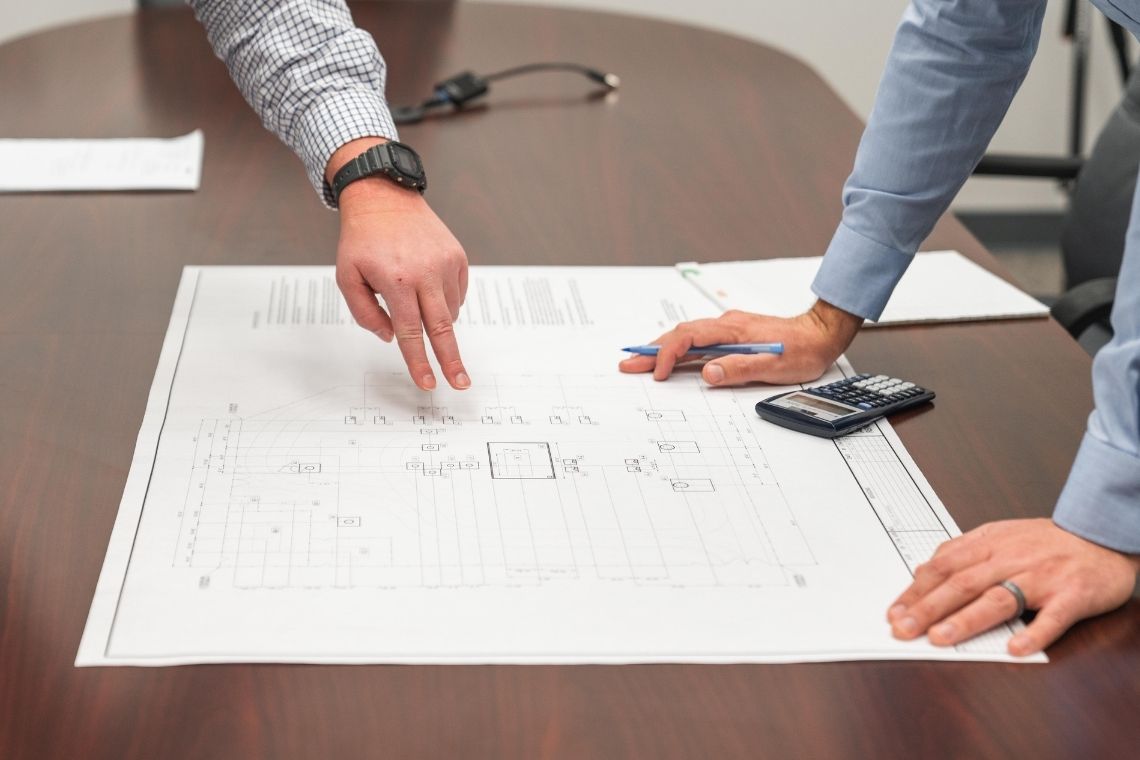
Updated:
Originally Published:
May 11, 2016
To maintain the standards of living to which we’ve grown accustomed, we need a high quantity of electrical substations. These substations begin with careful design by civil engineers.
Beginning the process of constructing a substation should not be taken lightly. First, it is important to determine which type of electrical substation is most appropriate for your purpose.
A transmission substation acts as a connection between several transmission lines. A distribution substation acts as a middleman between the transmission substation and the electricity consumer, lowering the transmission voltage to an appropriate level for distribution to family homes and apartment buildings. Since cities and large metropolitan areas have high concentrations of electrical consumers, these places tend to boast highly complicated distribution substations. Other types of substations include the collector substation, often utilized in hydroelectric power plants or wind farms, the switching substation, which is typically built next to a power station to connect and disconnect transmission lines, and the converter substation, which can adjust the frequency of transmission currents.
Proper site selection is important when building a substation. When scouting a location, you must consider a number of factors, including site accessibility, drainage and erosion protection, and the amount of necessary site preparation. Additionally, the site should be out of the way of the public to prevent injury, but should still be somewhat centrally located within its service area.
It is also important to be sure that you can acquire the necessary permits to work on the site. Environmental considerations can impact permitting. For example, there may be concerns that construction can cause runoff and stream pollution or have other long term effects on the construction site. There may also be zoning restrictions on the property. These are all important factors to research when choosing a site.
The next step in the process is for a team of engineers to design a detailed blueprint for the substation. Engineers often conduct a site visit and then thoroughly review the site’s soil reports. The design for the substation includes all substation equipment such as circuit breakers, high voltage and low voltage switches, surge arresters, insulated cables and raceways, and AC/DC station power and control system supplies. The engineers will need to choose a structure for the substation that is appropriate to the substation type and the environment at hand. It is also necessary to field test ground grid resistance and soil resistivity during the design process.
Beta Engineering’s excellent team of civil engineers has taken on some of the most challenging high voltage projects in the industry. By working directly with each project team, our engineers ensure that every project is of the highest quality and that all deadlines are met. Beta’s civil engineers can handle the entire process of building a substation for you, from designing each detail of the substation to overseeing the project team during construction. Contact us to learn more.
Updated:
May 11, 2016
Updated:
Originally Published:
May 11, 2016
To maintain the standards of living to which we’ve grown accustomed, we need a high quantity of electrical substations. These substations begin with careful design by civil engineers.
Beginning the process of constructing a substation should not be taken lightly. First, it is important to determine which type of electrical substation is most appropriate for your purpose.
A transmission substation acts as a connection between several transmission lines. A distribution substation acts as a middleman between the transmission substation and the electricity consumer, lowering the transmission voltage to an appropriate level for distribution to family homes and apartment buildings. Since cities and large metropolitan areas have high concentrations of electrical consumers, these places tend to boast highly complicated distribution substations. Other types of substations include the collector substation, often utilized in hydroelectric power plants or wind farms, the switching substation, which is typically built next to a power station to connect and disconnect transmission lines, and the converter substation, which can adjust the frequency of transmission currents.
Proper site selection is important when building a substation. When scouting a location, you must consider a number of factors, including site accessibility, drainage and erosion protection, and the amount of necessary site preparation. Additionally, the site should be out of the way of the public to prevent injury, but should still be somewhat centrally located within its service area.
It is also important to be sure that you can acquire the necessary permits to work on the site. Environmental considerations can impact permitting. For example, there may be concerns that construction can cause runoff and stream pollution or have other long term effects on the construction site. There may also be zoning restrictions on the property. These are all important factors to research when choosing a site.
The next step in the process is for a team of engineers to design a detailed blueprint for the substation. Engineers often conduct a site visit and then thoroughly review the site’s soil reports. The design for the substation includes all substation equipment such as circuit breakers, high voltage and low voltage switches, surge arresters, insulated cables and raceways, and AC/DC station power and control system supplies. The engineers will need to choose a structure for the substation that is appropriate to the substation type and the environment at hand. It is also necessary to field test ground grid resistance and soil resistivity during the design process.
Beta Engineering’s excellent team of civil engineers has taken on some of the most challenging high voltage projects in the industry. By working directly with each project team, our engineers ensure that every project is of the highest quality and that all deadlines are met. Beta’s civil engineers can handle the entire process of building a substation for you, from designing each detail of the substation to overseeing the project team during construction. Contact us to learn more.
Related Services:
